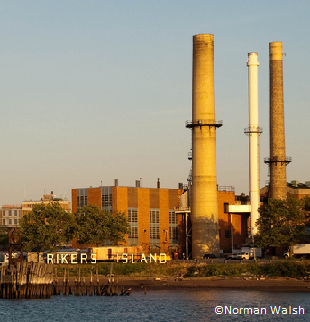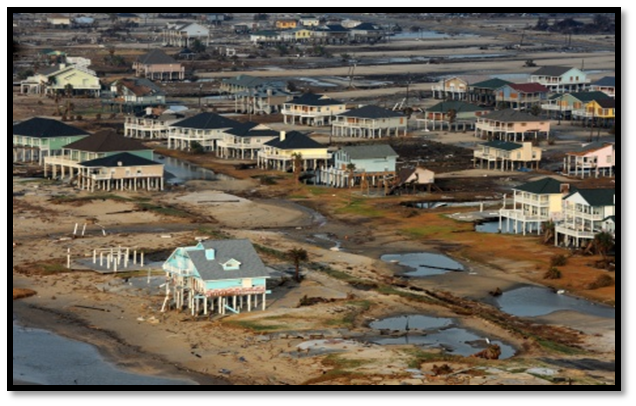By Michael Gerrard
Director, Center for Climate Change Law
Yesterday Edvard Munch’s 1895 painting The Scream sold for a record $119.9 million at auction. The painting is famous — not so its potential link to climate change.
Mount Krakatoa in Indonesia erupted in 1883. It was one of the largest volcanic explosions in recorded history and it reddened the skies around the world. Munch is known to have been struck and been rendered melancholy by the appearance of these skies. The sky in The Scream has been likened to what followed Krakatoa, and some have theorized — and others disputed — that Munch painted the sky that way in recollection of what he had seen after Krakatoa.
The matter that Krakatoa dumped into the atmosphere blocked out so much sunlight that global temperatures dropped more than one degree Celsius for more than a year. Today, as the earth warms because of uncontrolled greenhouse gases, serious thought is being given to intentionally dumping sulfate aerosols into the upper atmosphere — perhaps using a fleet of 747s — to replicate the Krakatoa effect. The skies then would more likely be white than red, but it would still make many people scream.



